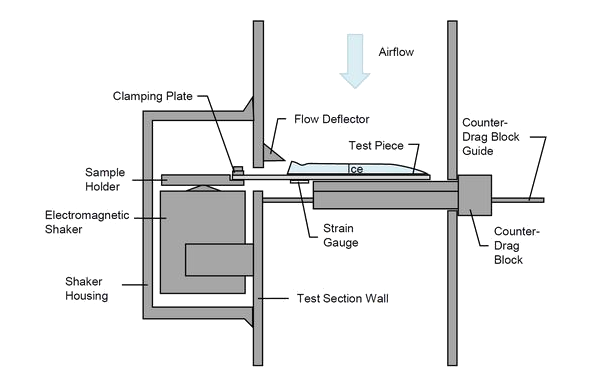Icing Wind Tunnel
We cooperate closely with Airbus X-Labs. Within this cooperation SurfLabX operates the ACRT icing research wind tunnel iCORE (icing and COntamination REsearch facility) for various research and characterization topics.
The iCORE icing wind tunnel is a circulating wind tunnel with a maximum speed (TAS: True Air Speed) of Mach 0.45 and a minimum temperature (SAT: Static Air Temperature) of -30 °C. The test section has a rectangular cross section with a height of 150 mm and a width of 100 mm. The length of the test section is 450 mm.
The iCORE was designed and built with high adaptability in mind, making it well-suited for accommodating new testing requirements. This flexibility allows us to swiftly customize and integrate new test setups within the tunnel.
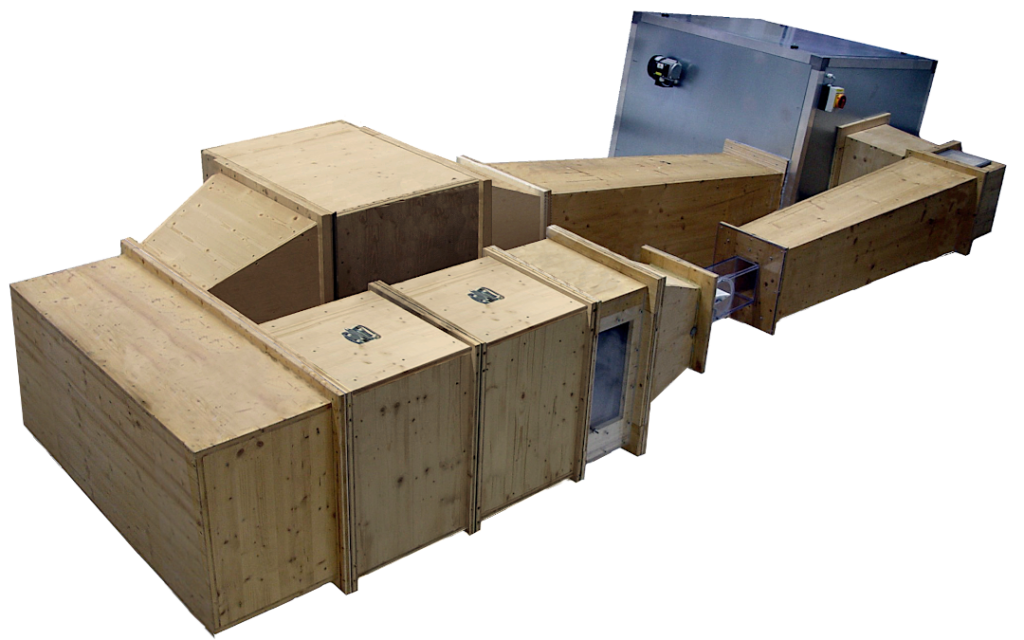
iCORE test parameters
Test section size
100 mm x 150 mm x 450 mm (W x H x L)
Total Air Temperature (TAT)
-35 °C to +22 °C
Total Air Speed (TAS)
20 m/s to 120 m/s
Median Volumic Diameter (MVD)
10 µm to 30 µm
Various icing tests can be performed with the iCORE e.g. in Rime Ice, Mixed Rime Ice, Mixed Glaze Ice or Glaze Ice conditions.
Testing of passive and active Ice Protection Systems (IPS)
We conduct tests on active and passive anti-icing and de-icing technologies to determine their power requirements and operational efficiency. This enables the assessment of novel technologies, and the fine-tuning of system settings to achieve optimal performance with reduced energy consumption.
High Speed Recording of Ice Shedding
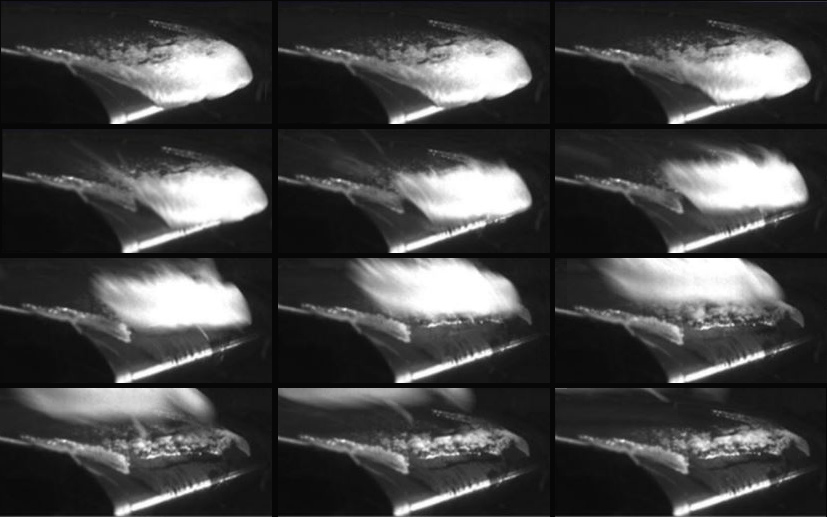
Characterization of de-icing times
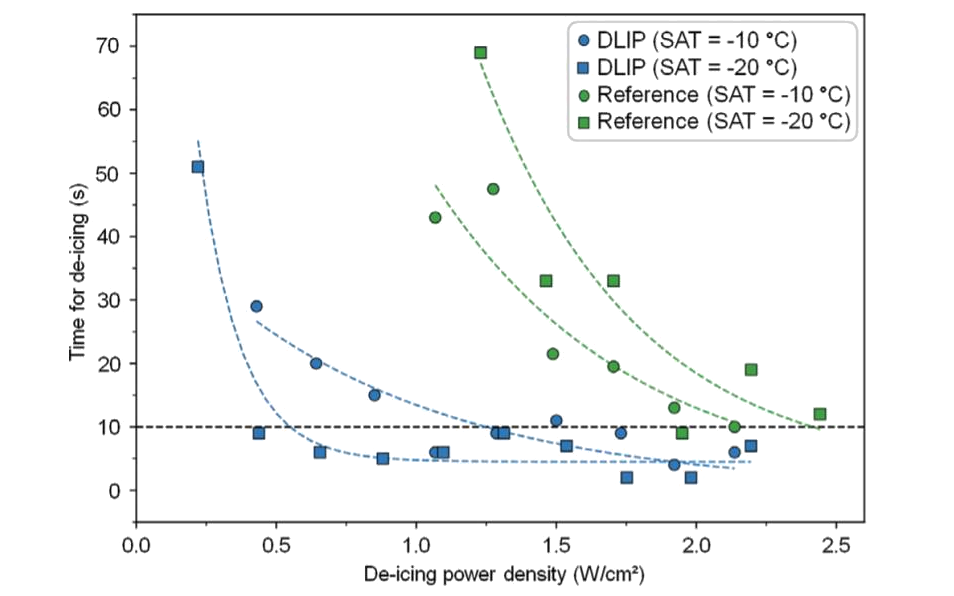
Ice accretion test with ice tracing
We carry out ice shape characterizations through ice accretion tests. By simulating various atmospheric conditions, we can analyze the morphology and impact of ice on different surfaces. This data is essential for improving de-icing technologies and safety in industries like aerospace that are prone to severe icing.
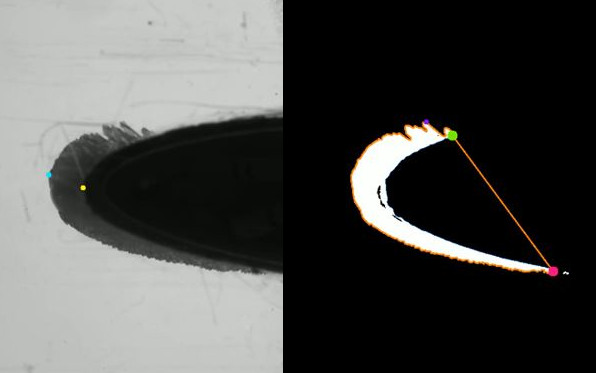
Cantilever ice adhesion test
We evaluate materials and surface treatments based on their susceptibility to ice accretion typical of aeronautical icing regimes, as outlined in the Icing Design Envelopes by the FAA (Appendix C). Our experiments cover a spectrum from glaze to rime ice conditions, ensuring a comprehensive understanding of how these materials perform under diverse icing scenarios.
